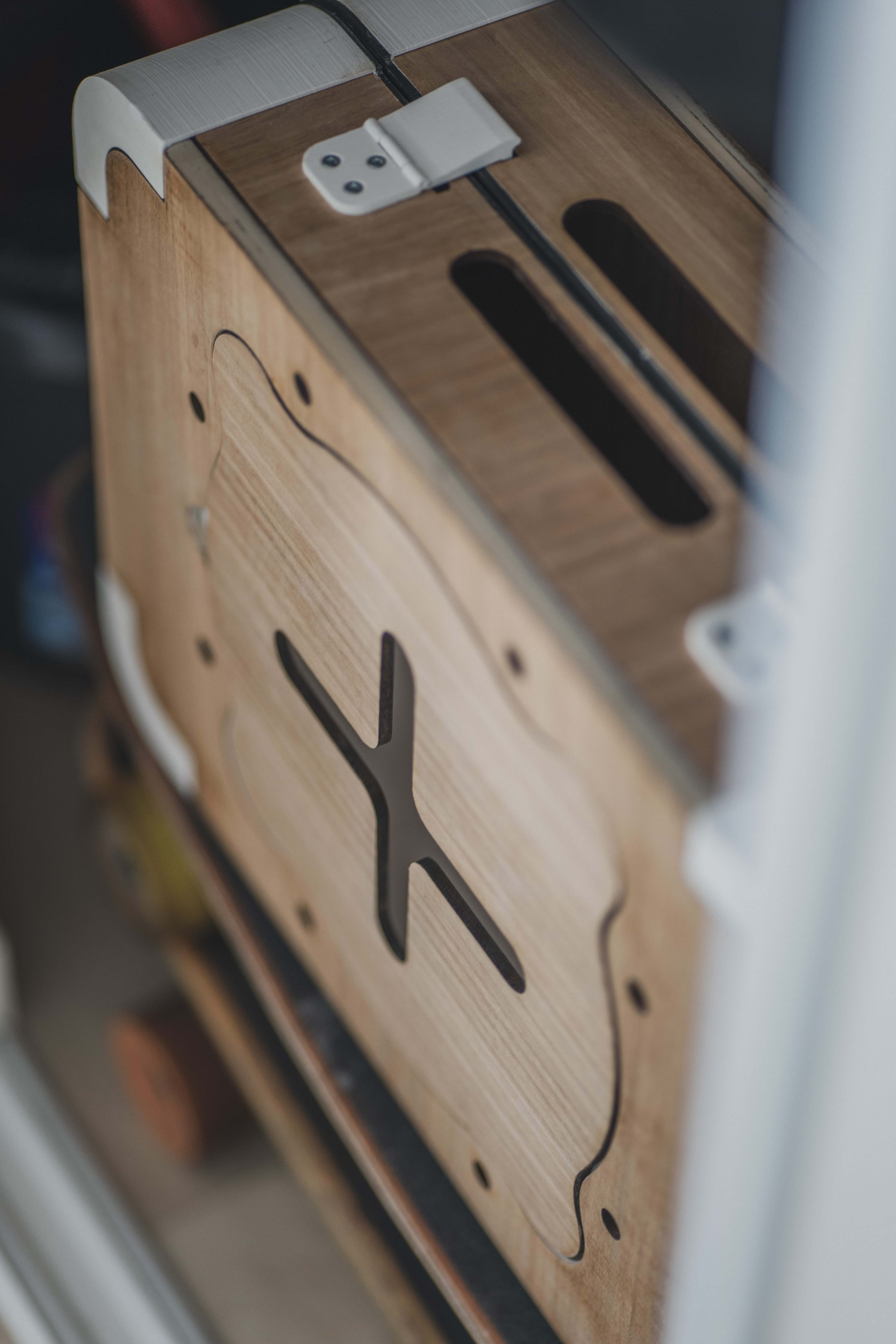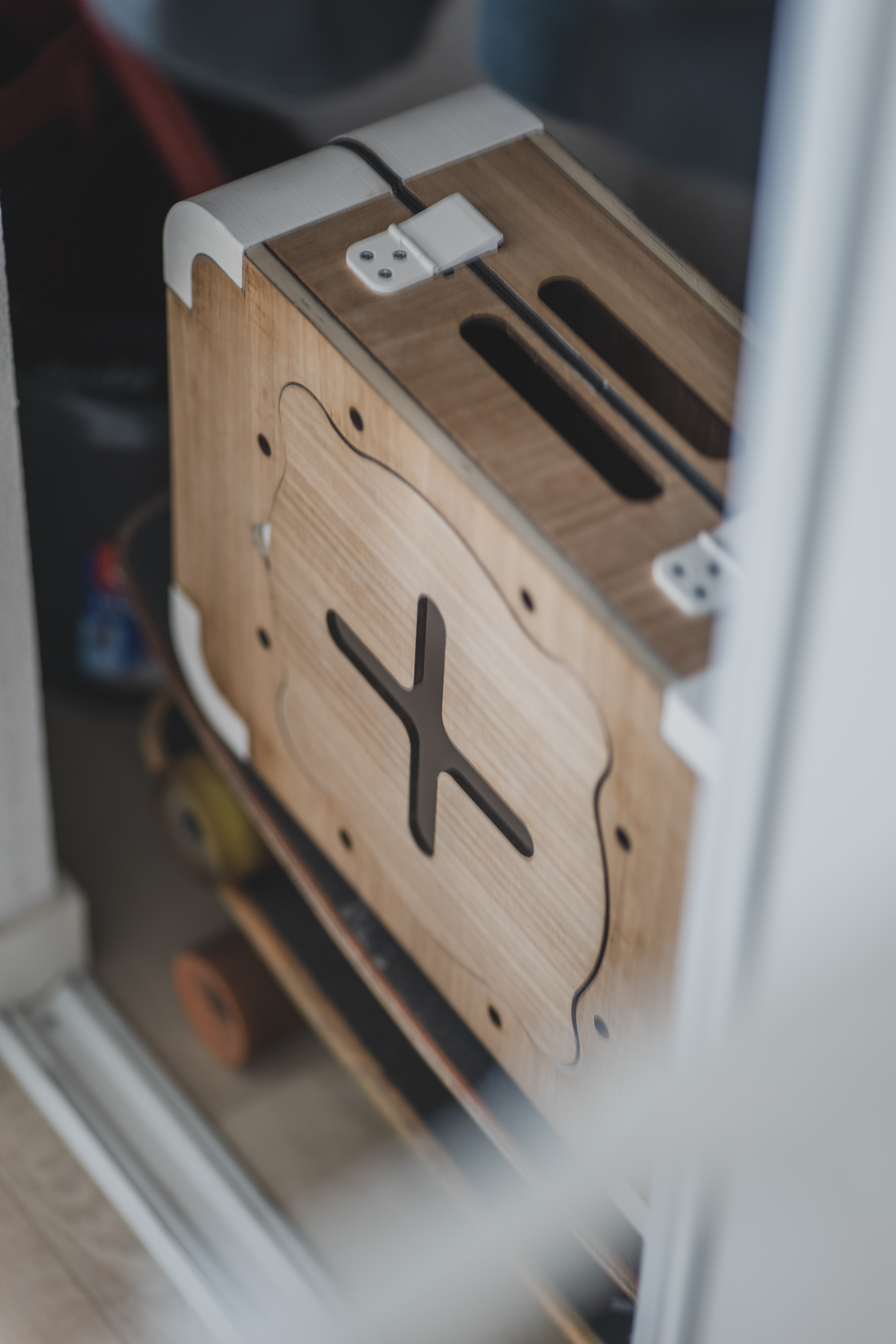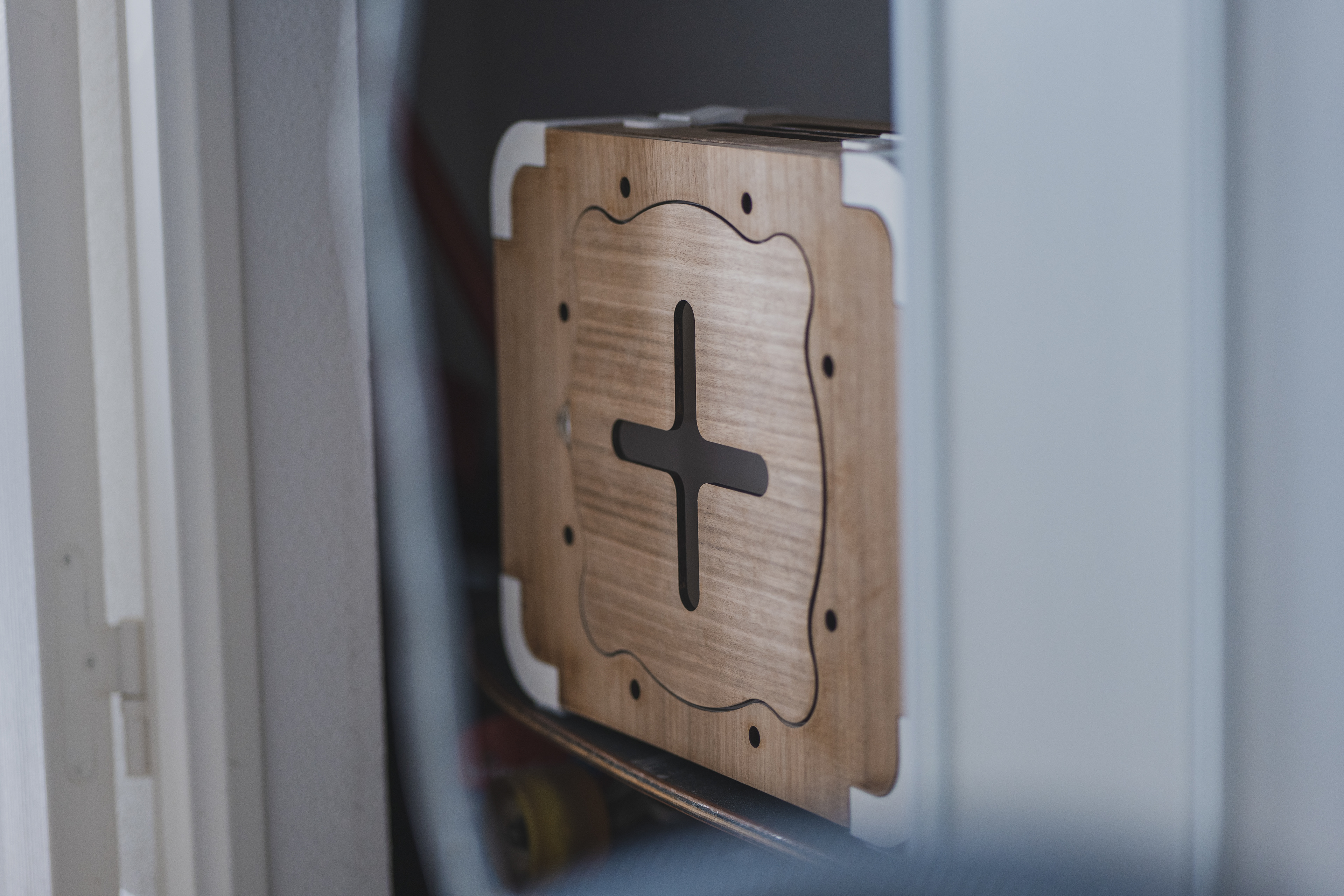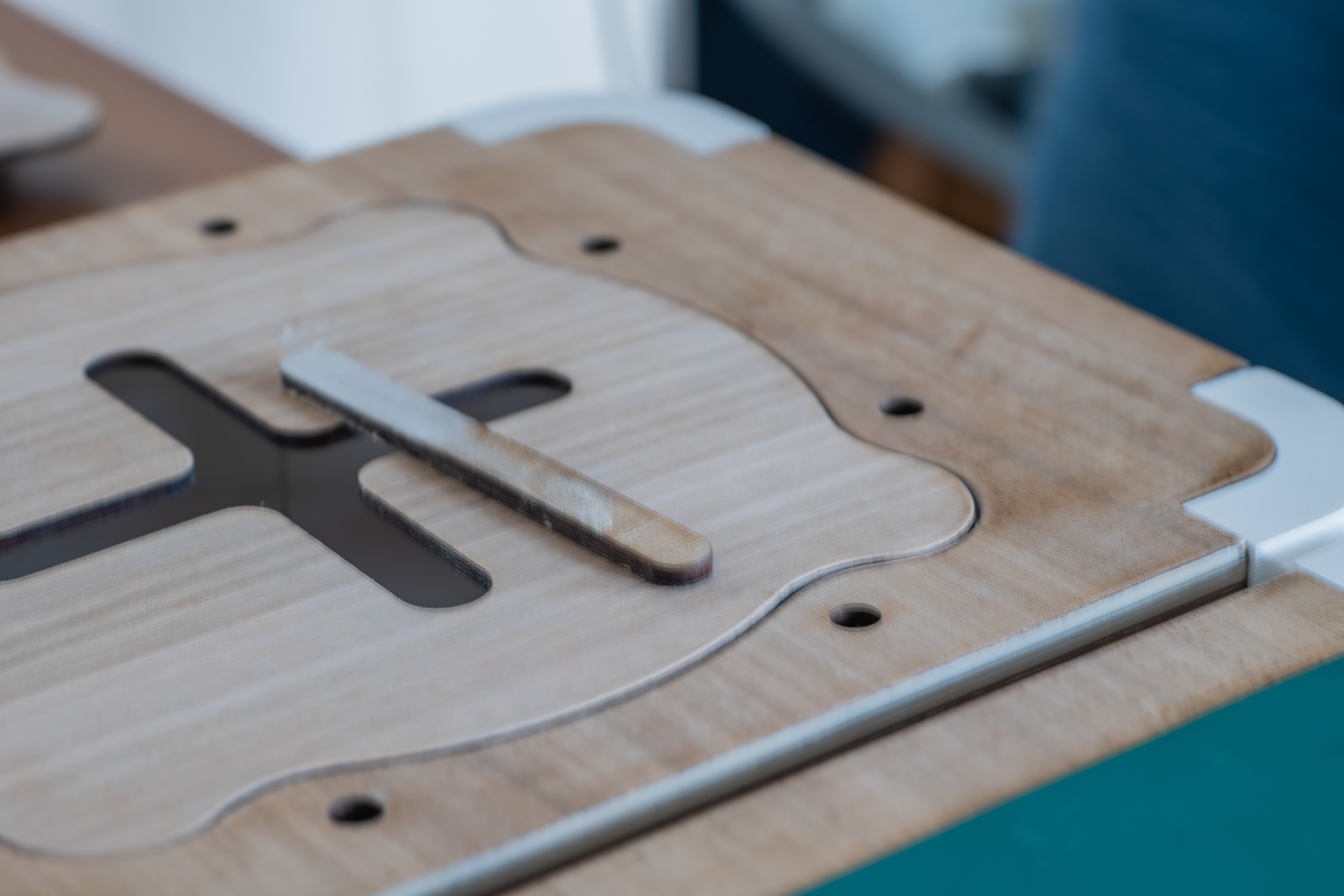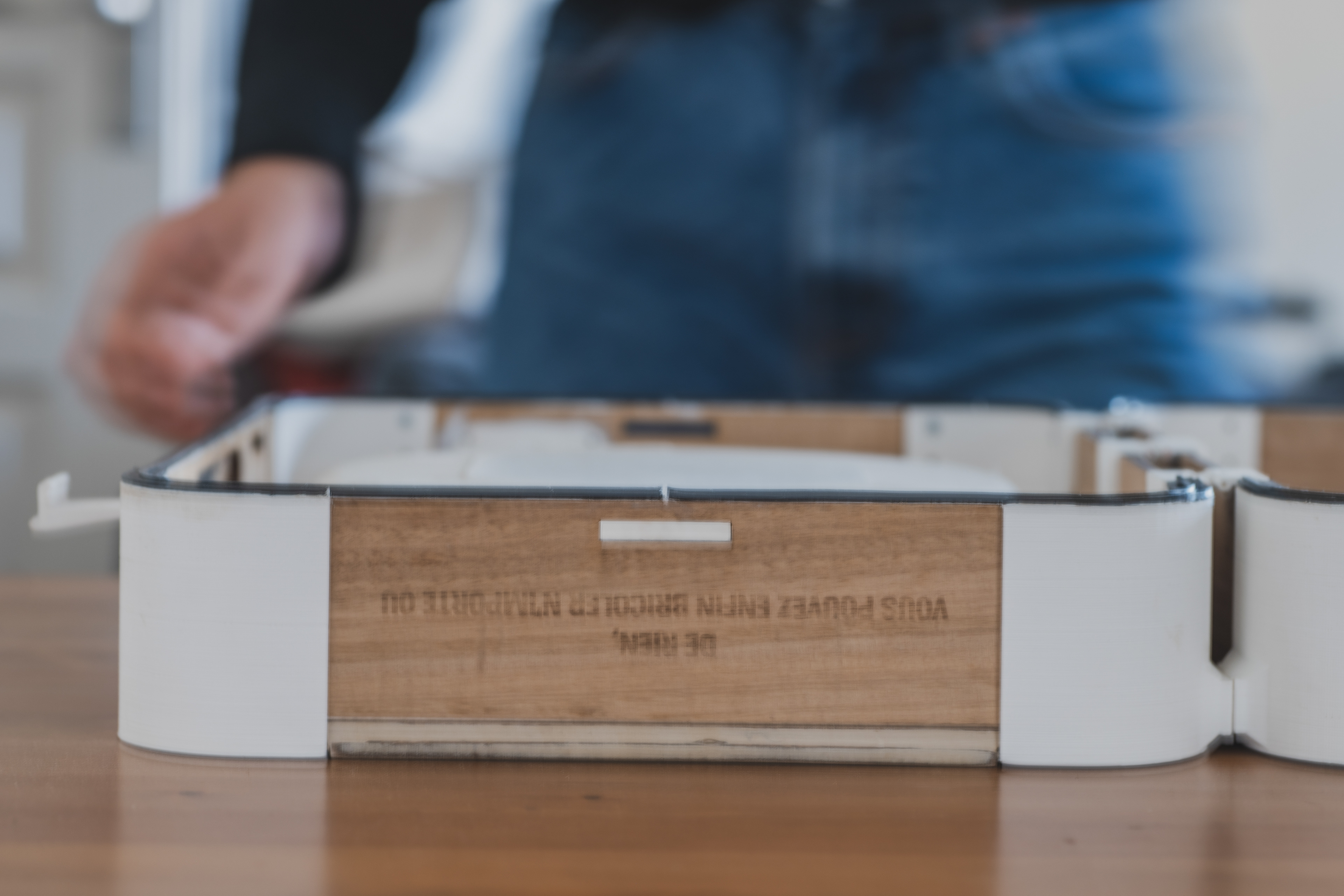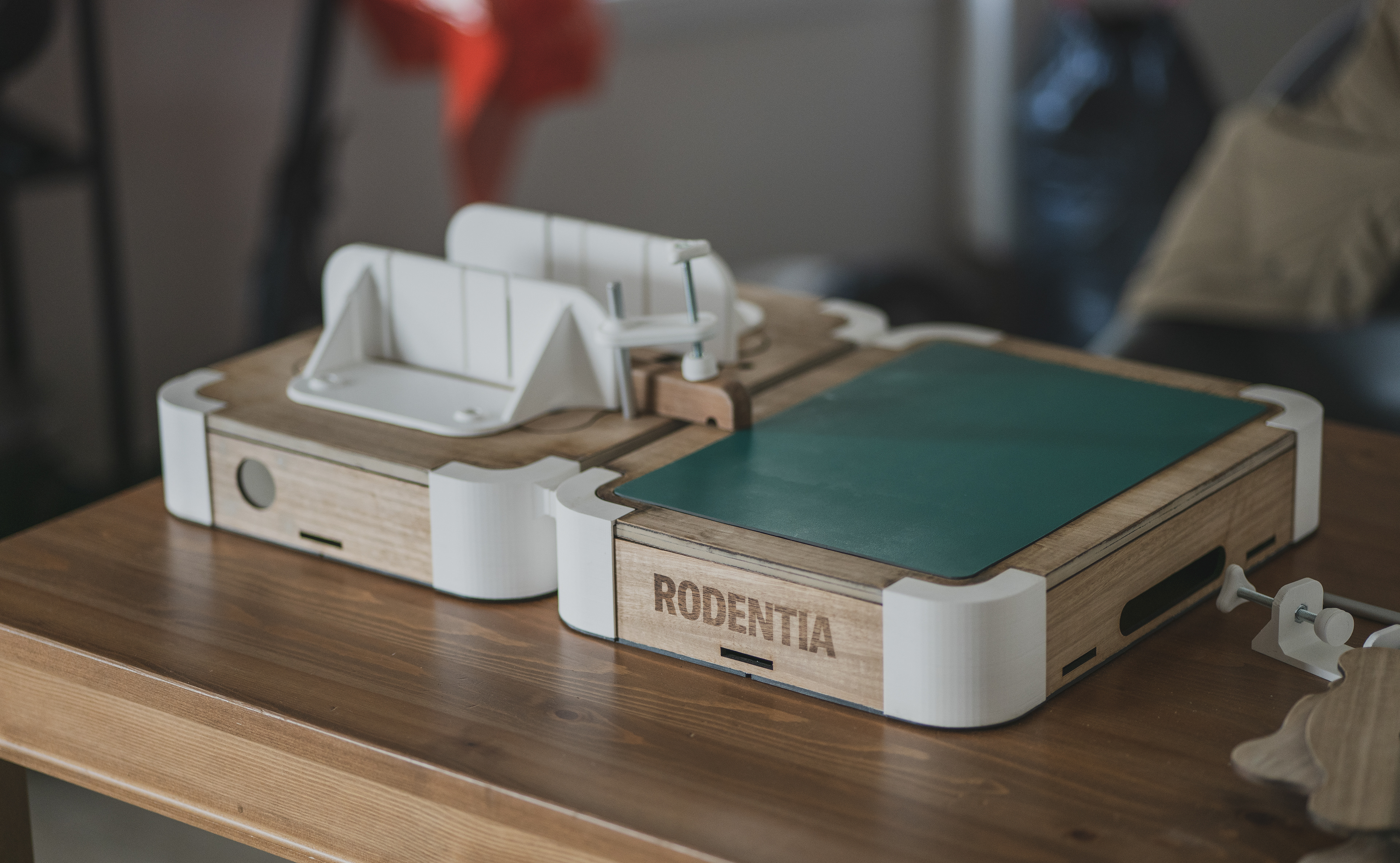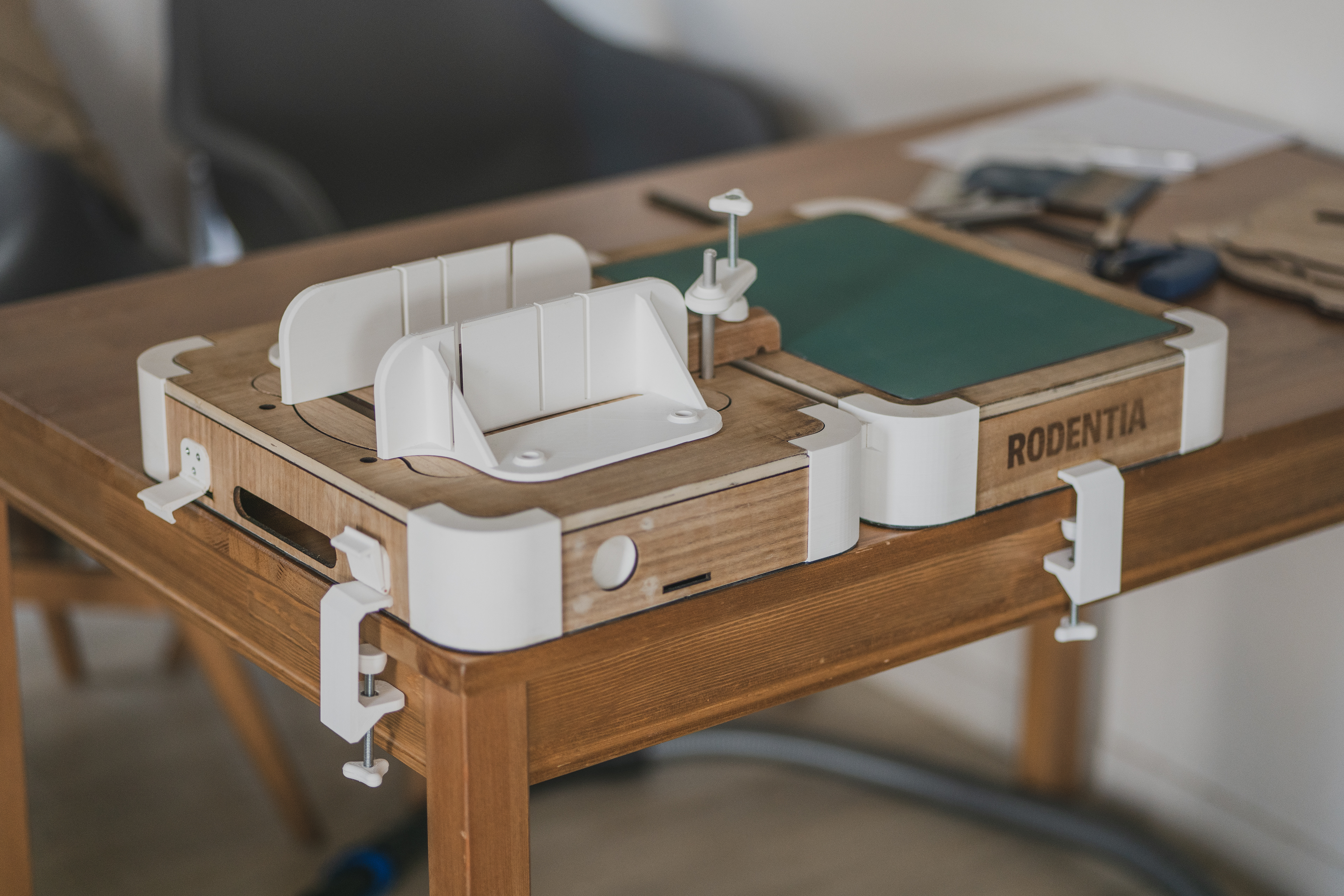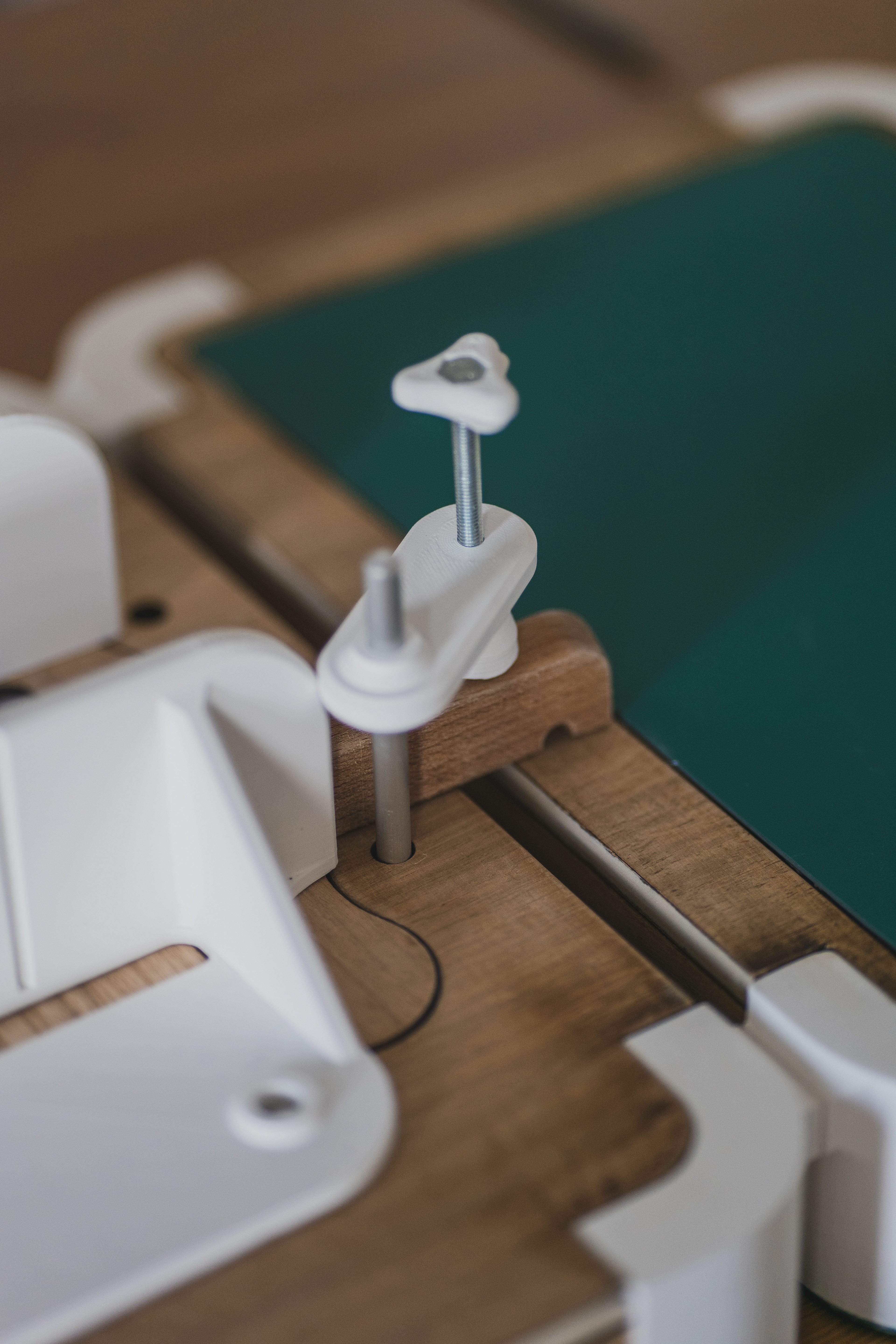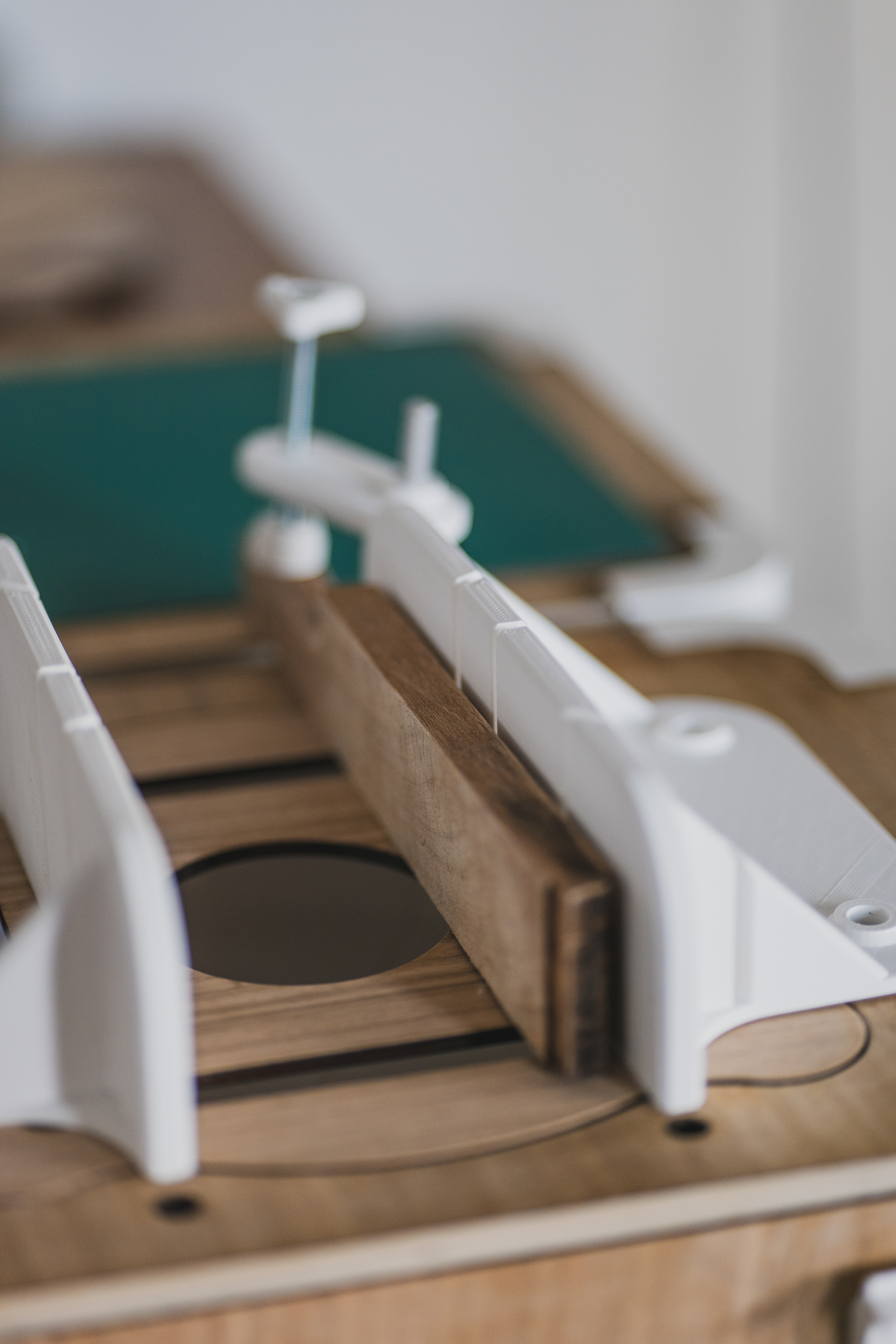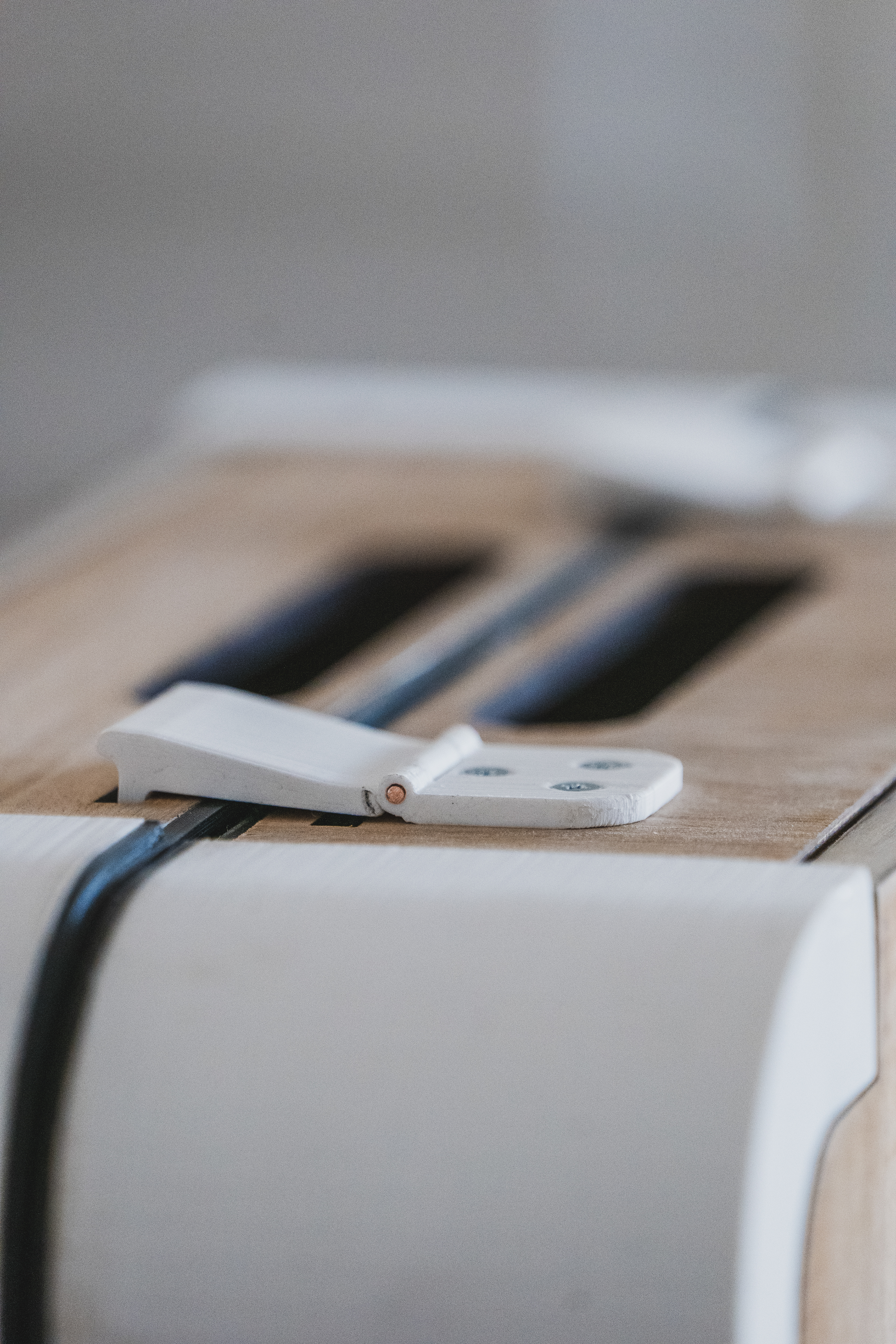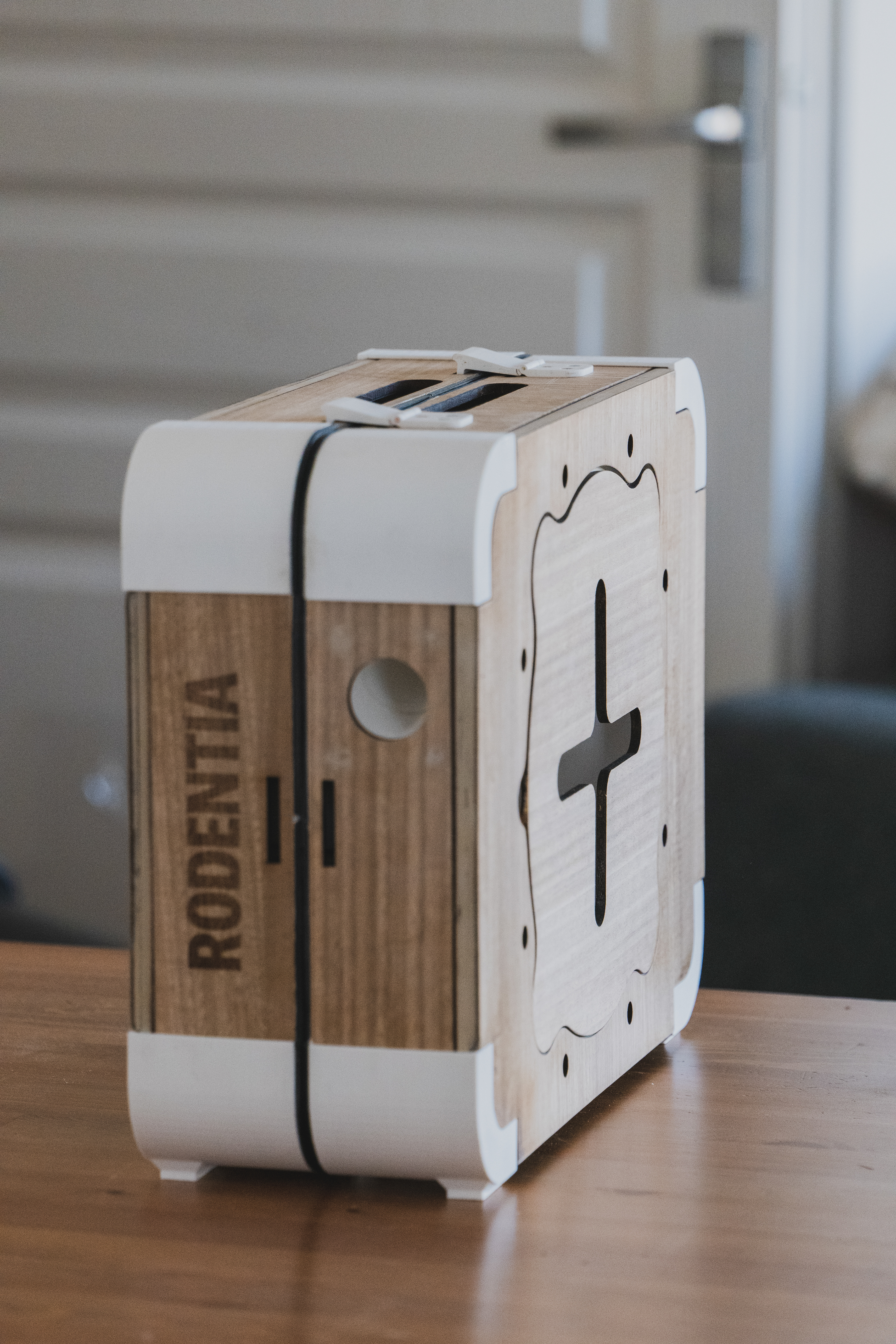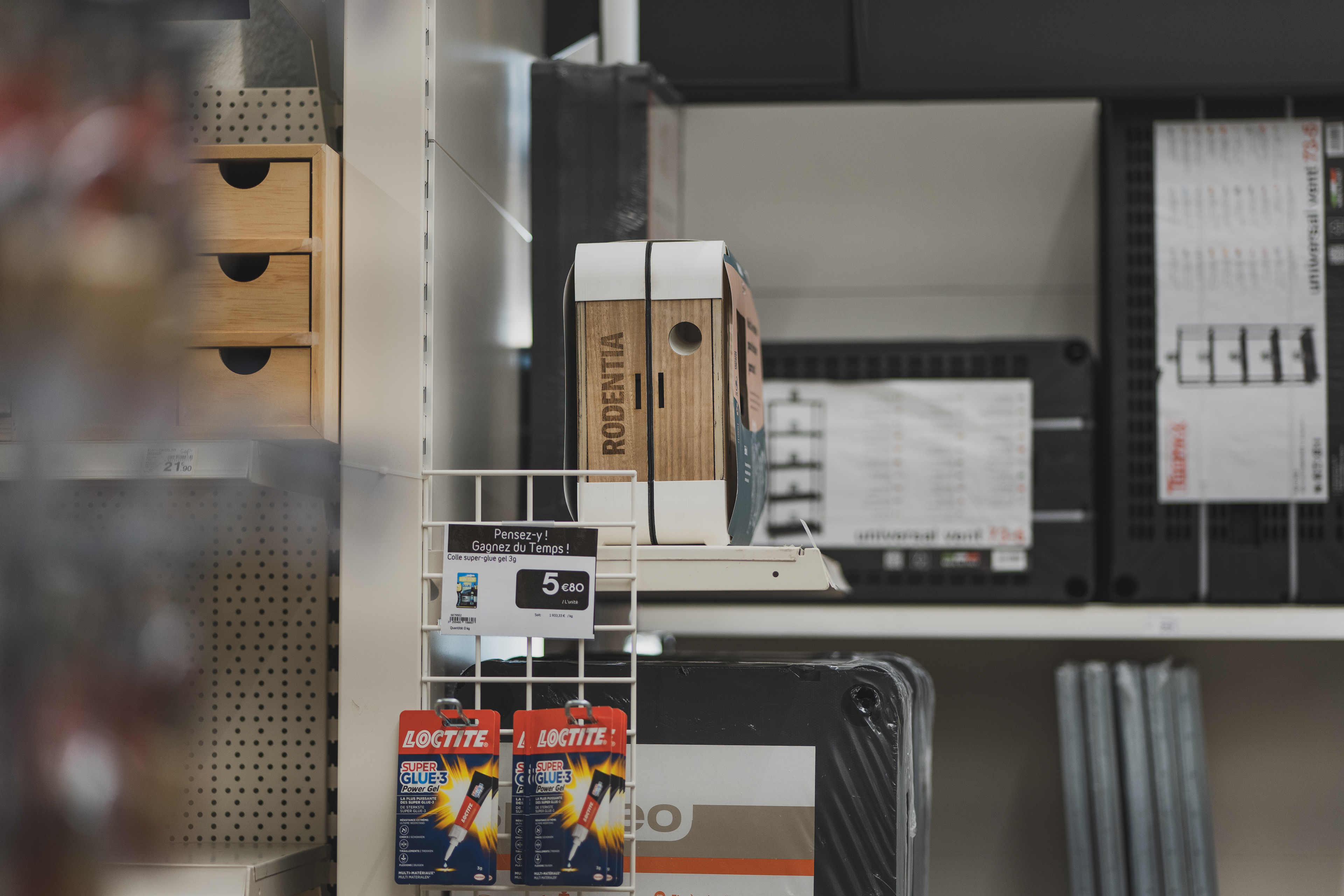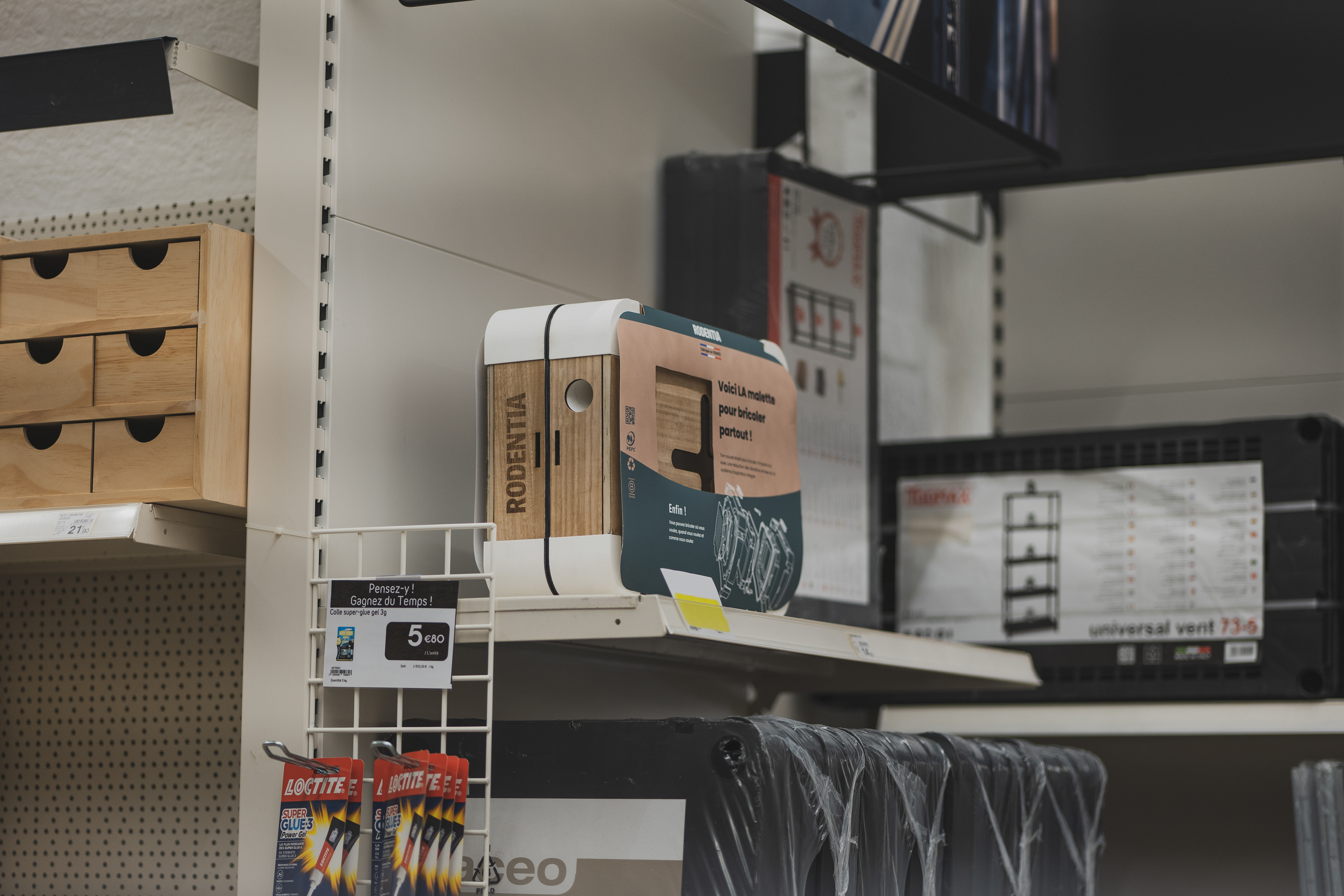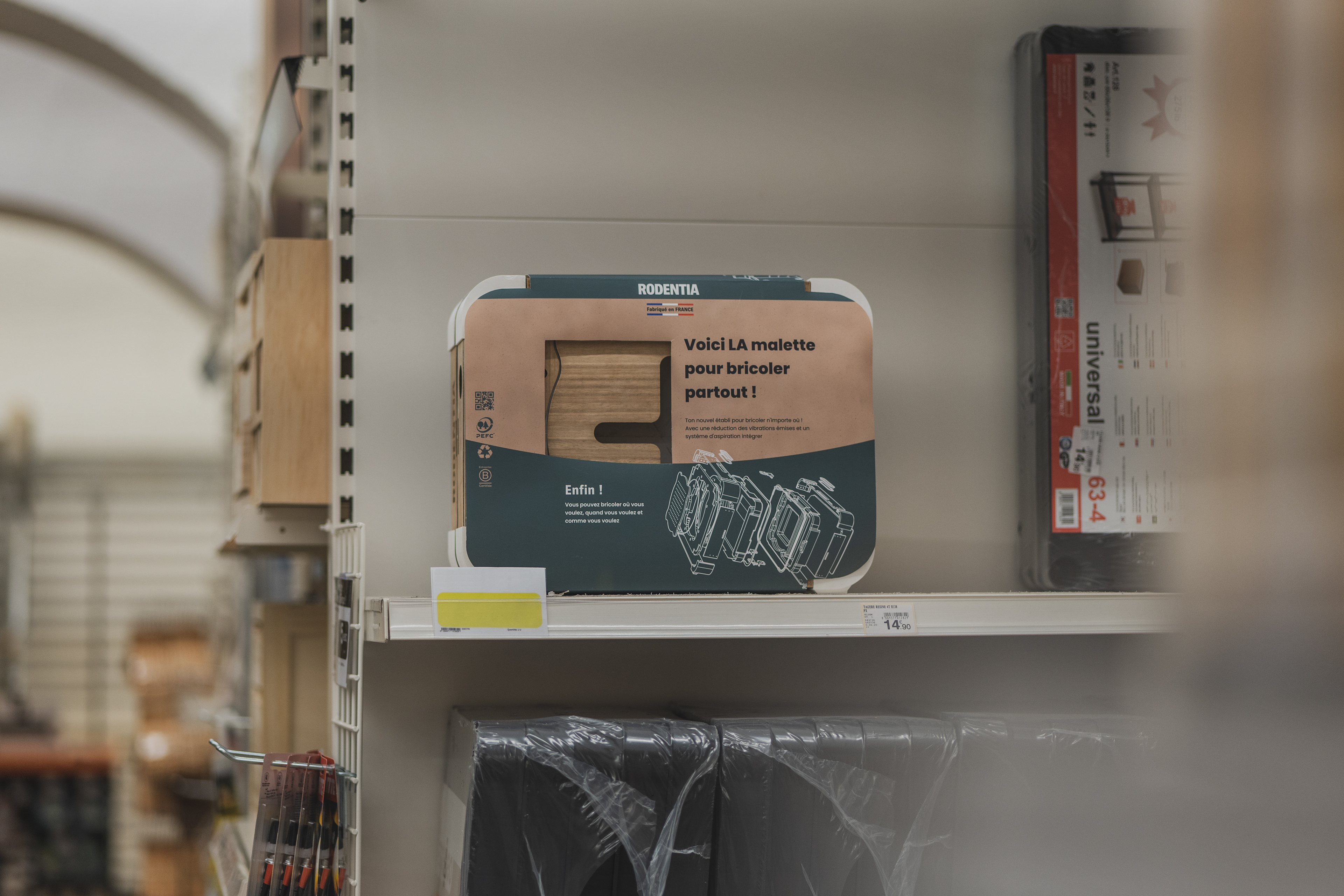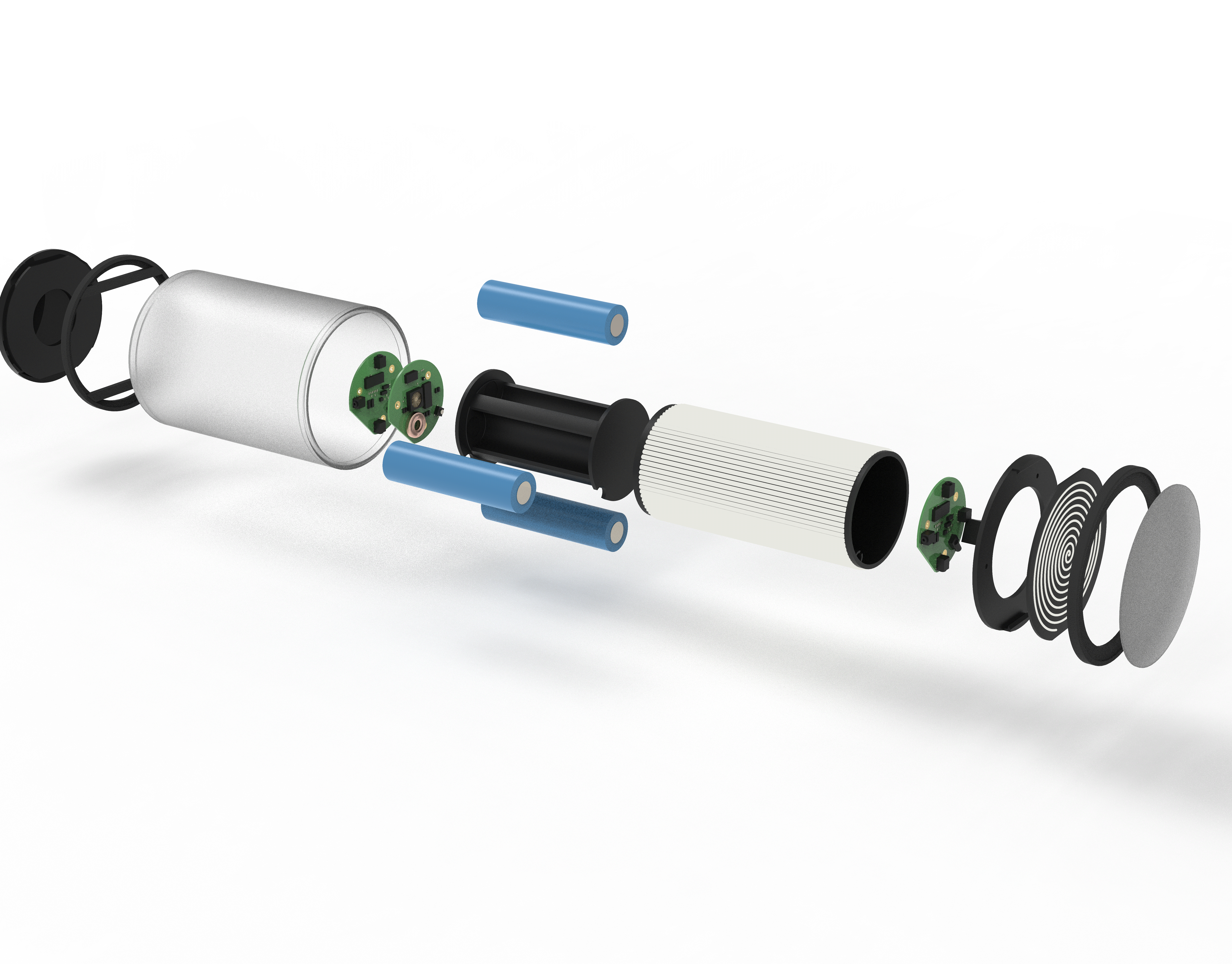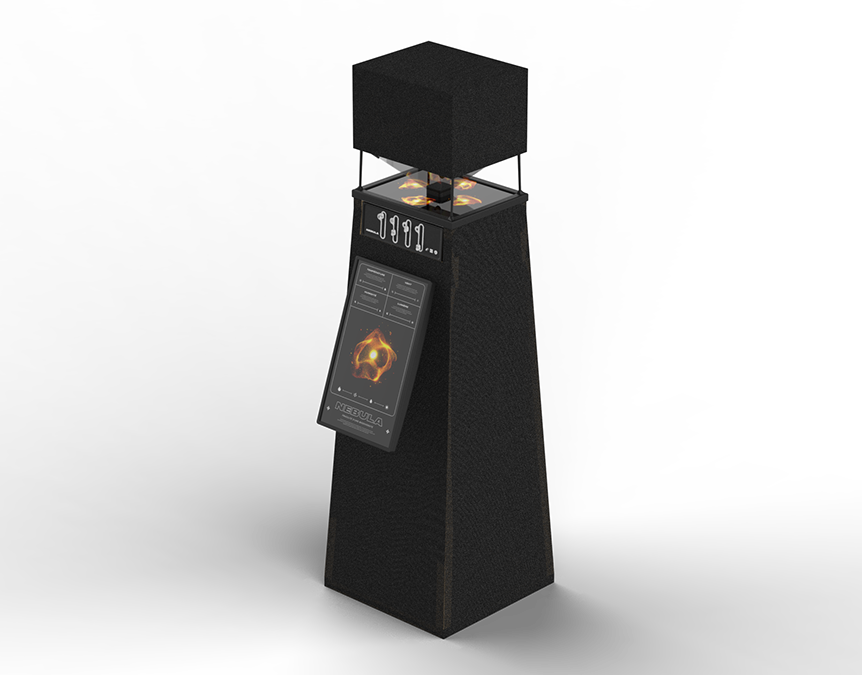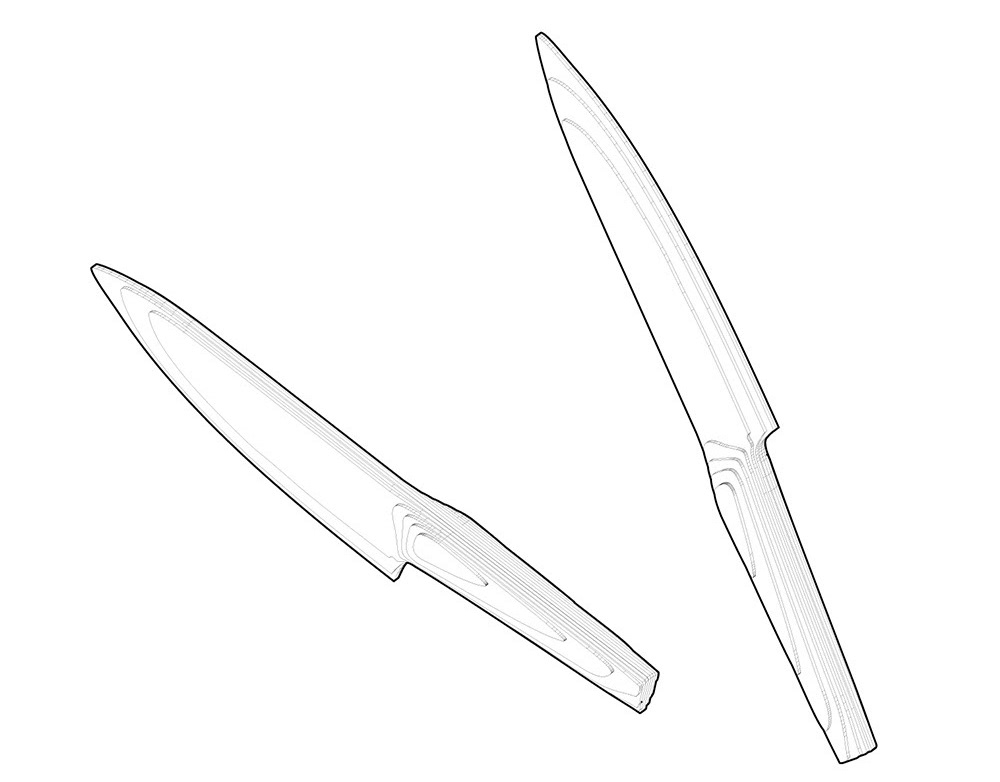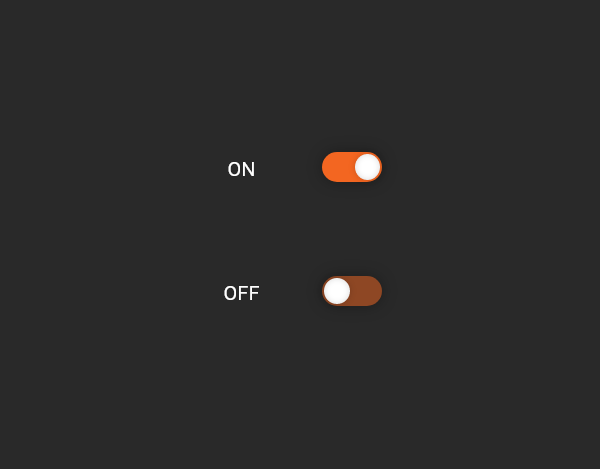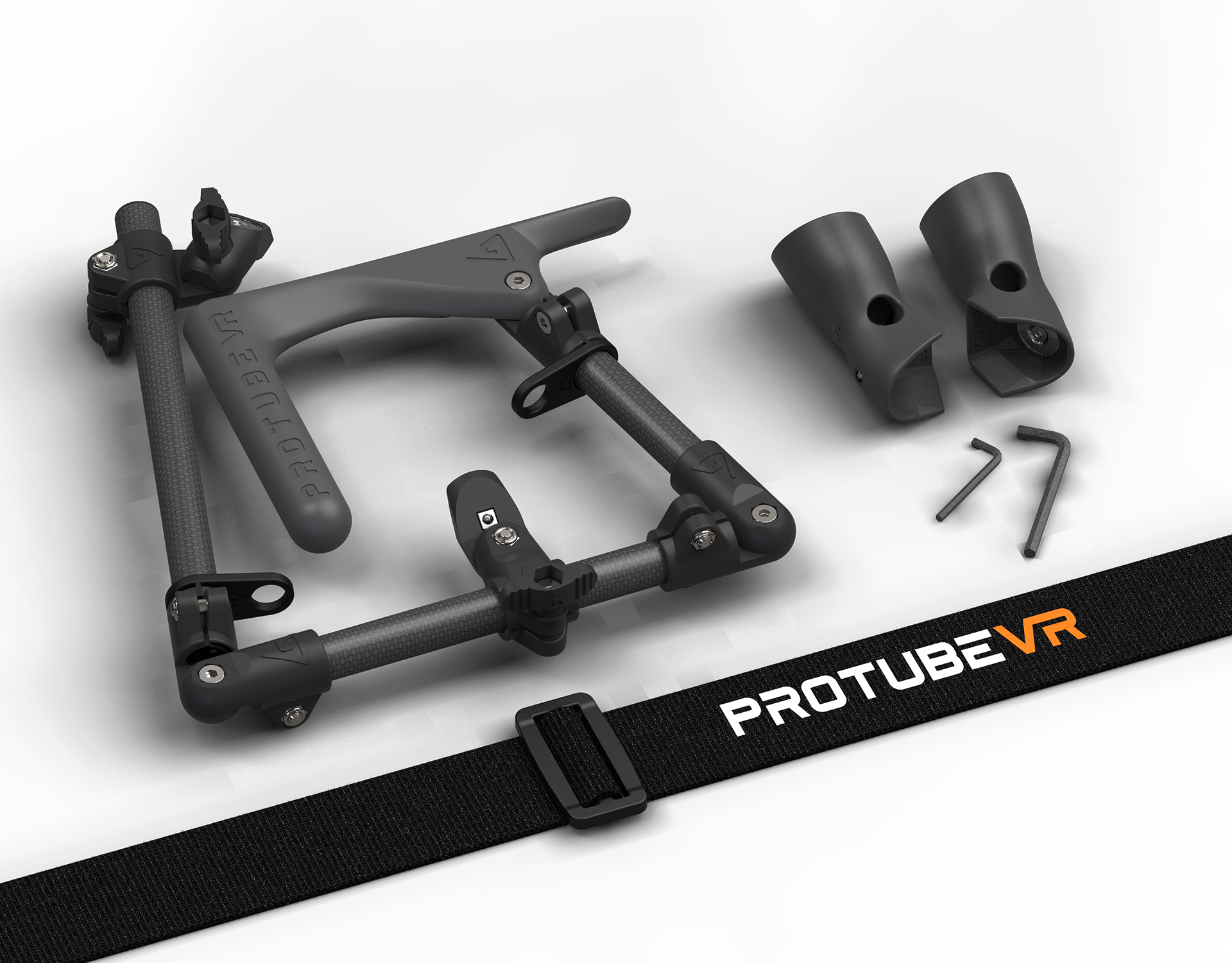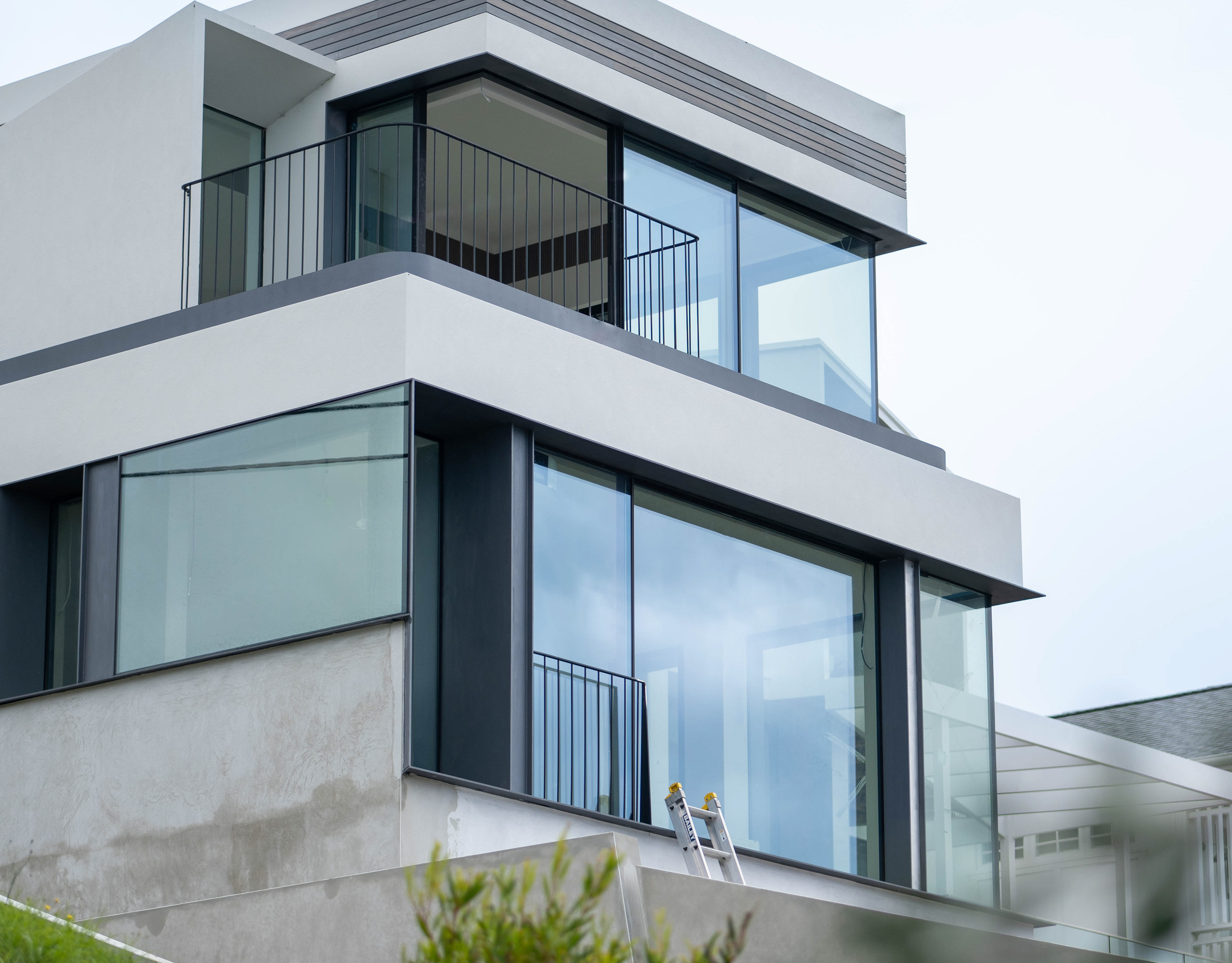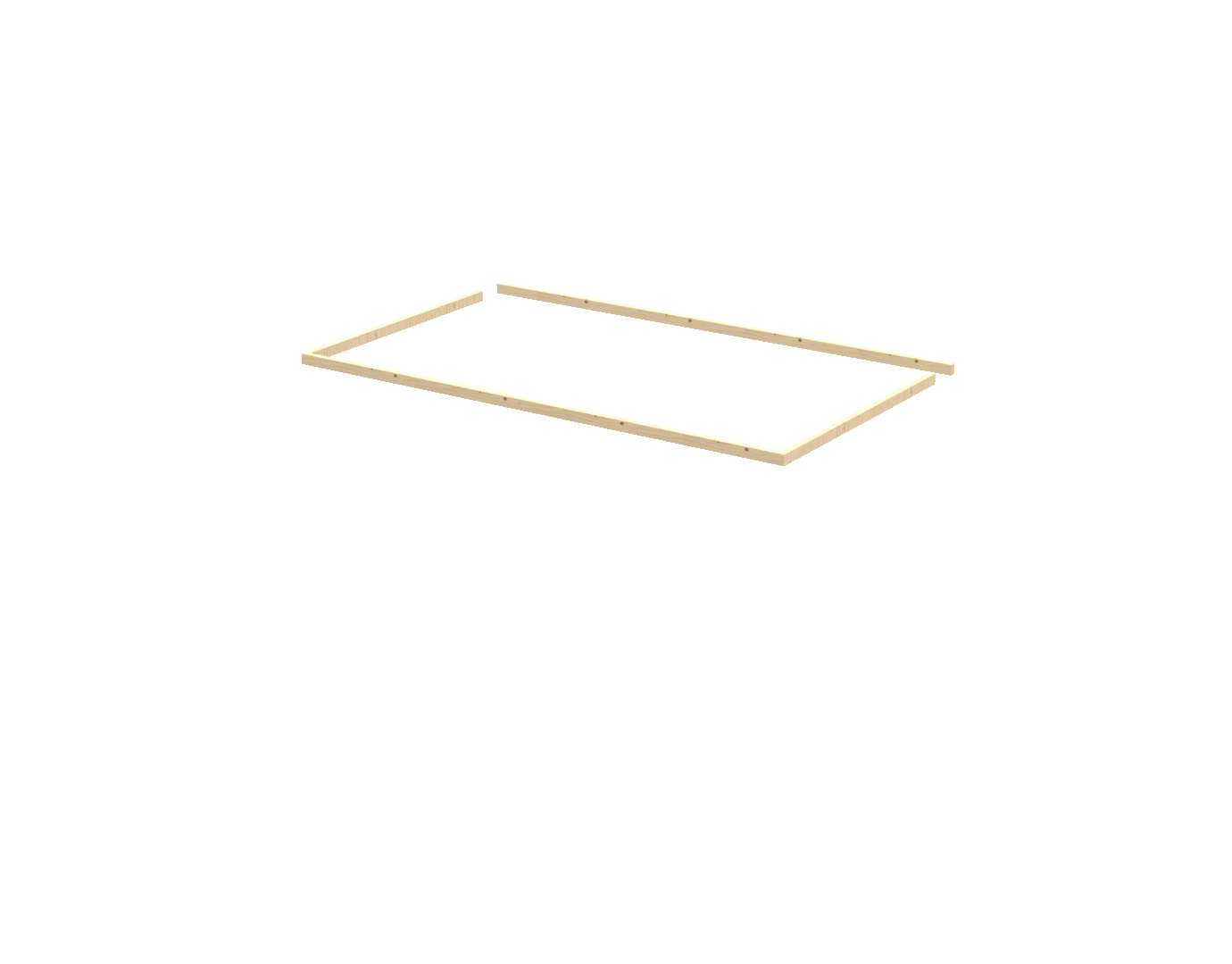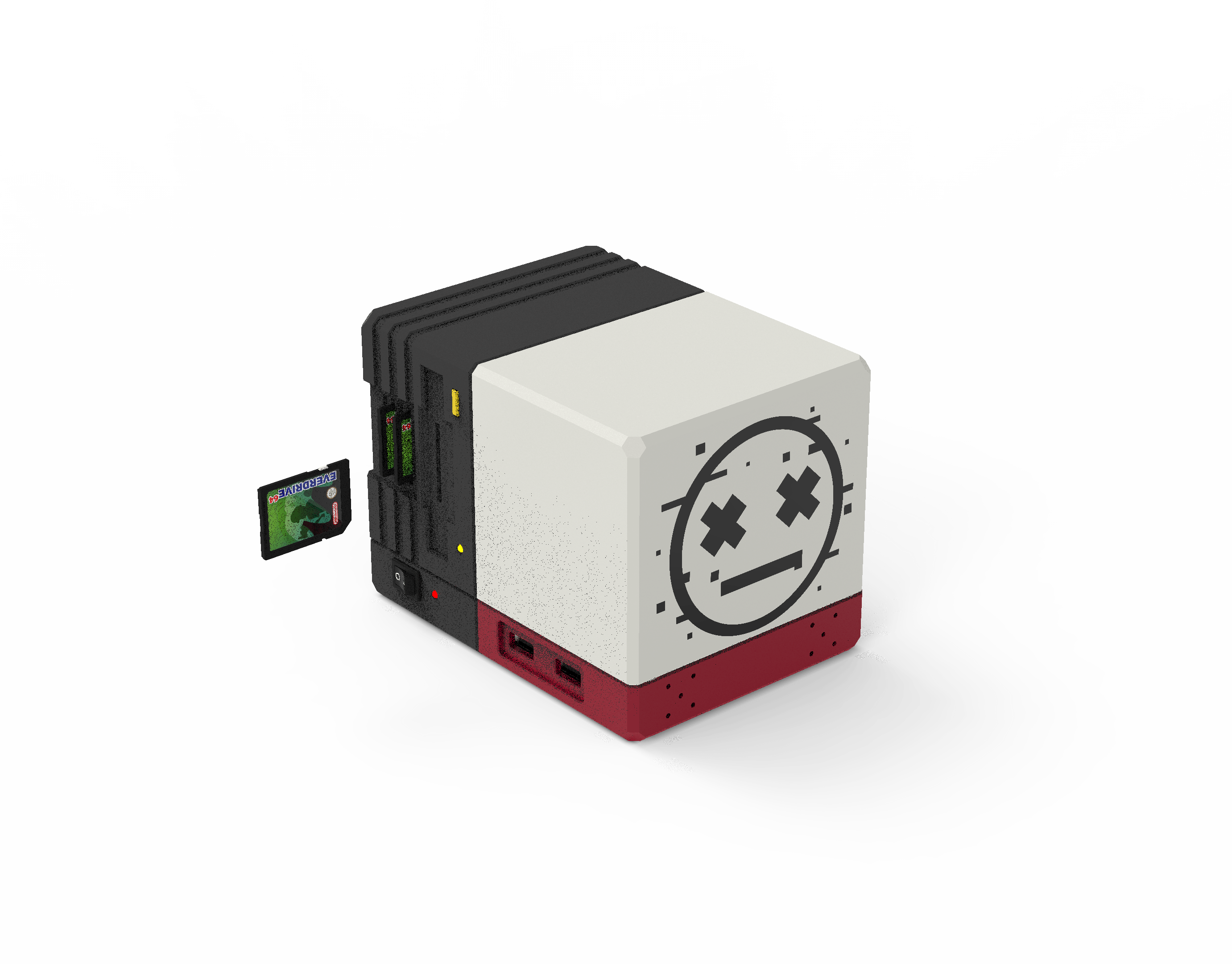Sur une période de deux ans d'investigation et d'engagement passionné, mon projet de fin d'étude, Rodentia, s'est développé comme une solution novatrice destinée à améliorer l'expérience du bricolage en atténuant les inconvénients couramment associés à cette passion.
La première phase a été consacrée à des entretiens approfondis avec des bricoleurs potentiels. Ces interviews utilisateur ont permis de comprendre leurs besoins, frustrations, et les défis rencontrés dans leur pratique quotidienne du bricolage.
Une analyse de marché approfondie a ensuite été entreprise pour déterminer les tendances, identifier les lacunes existantes sur le marché du bricolage, et cerner les préférences des consommateurs. Ces informations ont joué un rôle clé dans la conception stratégique de Rodentia.
Les sessions d'idéation qui ont suivi ont permis de générer des concepts novateurs. Axé sur la praticité et la réduction des nuisances sonores liées au bricolage, Rodentia a commencé à prendre forme.
La modélisation 3D a joué un rôle crucial dans le processus de conception, fournissant une visualisation détaillée de Rodentia avant même la phase de prototypage.
Des tests techniques approfondis ont été réalisés pour valider la faisabilité et la robustesse de Rodentia. Des ajustements ont été apportés pour garantir la fonctionnalité optimale du produit.
La phase de fabrication a été traitée avec une minutie artisanale combinée à des technologies de pointe, donnant vie à Rodentia en tant que mallette de bricolage révolutionnaire.
Enfin, après deux ans de travail acharné, Rodentia a été présentée devant un jury d'experts. La démonstration du produit a souligné son impact positif sur l'environnement de travail des bricoleurs, consolidant ainsi son statut de solution innovante.
Rodentia représente l'aboutissement d'un processus rigoureux, du concept à la réalité, offrant une perspective nouvelle et améliorée du bricolage sans les inconvénients habituels.
Over a period of two dedicated years, my final year project, Rodentia, evolved as an innovative solution aimed at enhancing the DIY experience by mitigating common inconveniences associated with this passion.
The initial phase involved in-depth interviews with potential DIY enthusiasts. These user interviews helped understand their needs, frustrations, and challenges encountered in their daily DIY practices.
Subsequently, a comprehensive market analysis was undertaken to identify trends, pinpoint existing gaps in the DIY market, and discern consumer preferences. This information played a pivotal role in shaping the strategic design of Rodentia.
Followed by ideation sessions, innovative concepts were generated, with a focus on practicality and reducing noise disturbances linked to DIY activities, giving Rodentia a distinct form.
3D modeling played a crucial role in the design process, offering a detailed visualization of Rodentia even before the prototyping phase.
Thorough technical tests were conducted to validate the feasibility and robustness of Rodentia. Adjustments were made to ensure optimal functionality of the product.
The manufacturing phase was handled with meticulous craftsmanship combined with cutting-edge technologies, bringing Rodentia to life as a revolutionary DIY toolkit.
Finally, after two years of dedicated work, Rodentia was presented before an expert jury. The product demonstration underscored its positive impact on the working environment of DIY enthusiasts, solidifying its status as an innovative solution.
Rodentia represents the culmination of a rigorous process, from concept to reality, offering a fresh and improved perspective on DIY without the usual inconveniences.
